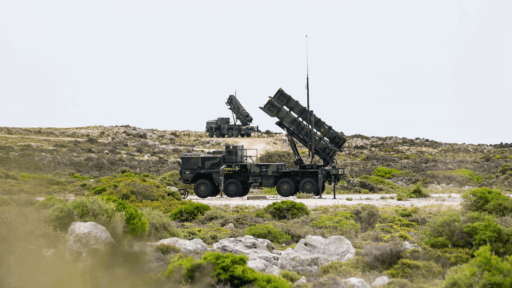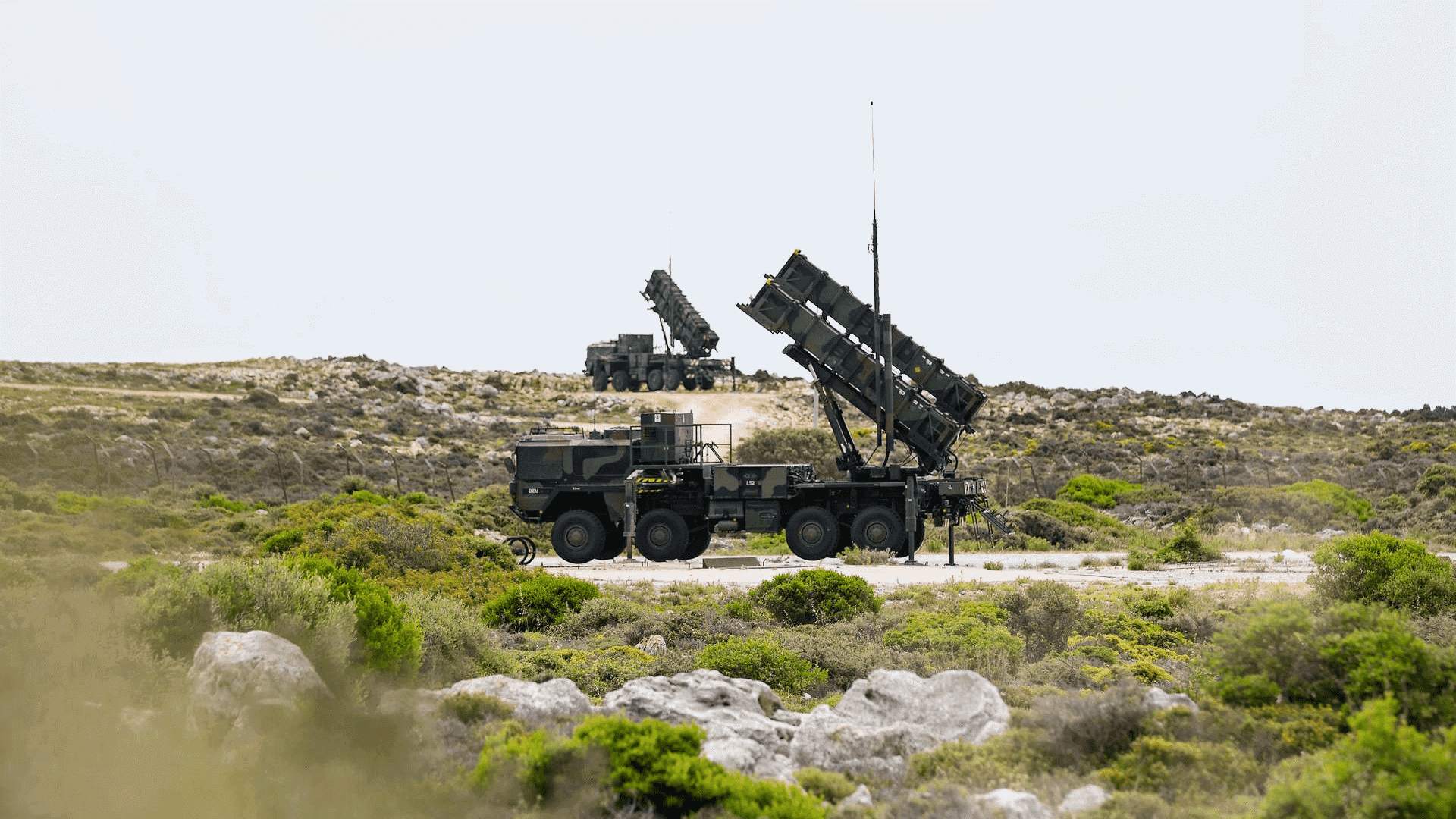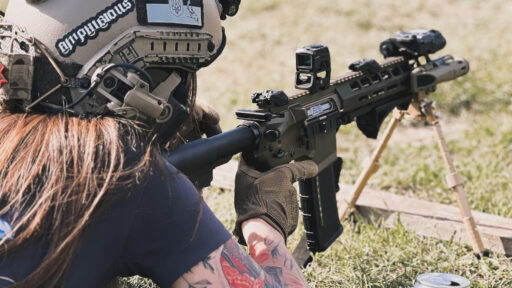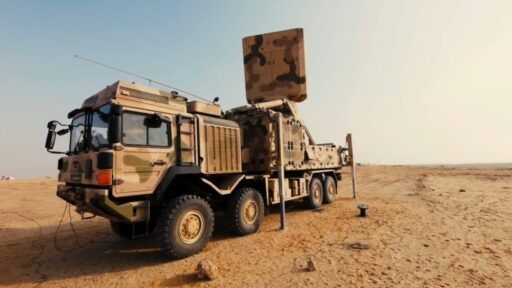In Ukraine, air defence systems are desperately needed to protect the civilian population, critical infrastructure and soldiers on the front line. Due to the increasingly intensive attacks by Russia over the last few months, especially the recent weeks, the demand for these live-saving systems is growing and growing.
A lot has already been delivered to Ukraine in the past two years, either from industrial stocks, new production or from the stocks of different armed forces in EU and NATO countries, so air defence systems, especially modern ones, are rare.
In the case of Germany, for example, new air defence systems are being actively produced for hundreds of millions of euros with Skynex and IRIS-T SLM, but it takes many months for these systems, including ammunition and spare parts, to be produced, new personnel to be trained and a delivery to Ukraine to be carried out.
For the short-term supply of Ukraine, this means that additional air defence must be supplied from the armies of countries that provide military assistance to Ukraine.
Of course, modern Patriot air defence systems are the most in demand. Ukraine currently has just three batteries in service — two provided by Germany and one delivered by the US.
IAAD helps to solve the problem
To find precisely these urgently needed systems and make them available for Ukraine, Germany has launched its own initiative — similar to the Czech initiative to procure artillery ammunition.
The initiative, appropriately named “Immediate Action on Air Defence” or simply IAAD, is led by the German Ministry of Defence in cooperation with the Federal Foreign Office. As a first step, air defence related systems and ammunition should be found in industry or in EU, NATO, and third country stocks.
This has largely been completed, even if, according to the German Ministry of Defence, some countries are still checking whether they can hand over something from their own stocks. Alternatively, it is examined whether funds can be made available, if one is not willing to hand over systems or ammunition.
The next step would be to make concrete commitments and indeed, after only a few days there are already the first public commitments or concrete considerations that were already made public.
First commitments pave the way
After Germany set a good example and pledged another Patriot battery to Ukraine — the third in total — and also announced that another IRIS-T SLM system would be delivered within April, the Netherlands once again showed its will and strength and was the first country to publicly pledge concrete funds.

In concrete terms, following the NATO-Ukraine Council on Friday, it was announced that a total of €150 million will be contributed to the German IAAD initiative. An additional €60 million will also be spent on short-range air defence equipment.
A total of €210 million for air defence, a significant contribution. To put this into perspective, the contribution to the IAAD initiative alone would be enough to buy an IRIS-T SLM system for Ukraine.
However, I would like to point out that this would not be an ideal solution, as the initiative is aimed towards “immediate action” and Ukraine would have to wait several years before the IRIS-T SLM system that was then ordered could be delivered.
The Dutch contribution also means that I no longer expect the Netherlands to deliver a Patriot battery. I would be surprised if, in addition to the €210 million, the Netherlands were to deliver a Patriot battery, including missiles, costing up to €1 billion.
It’s a pity, the Netherlands was at the top of my list of countries that could supply a battery to Ukraine via IAAD. A real knock-back for Ukraine, which estimates its current minimum additional needs at seven Patriot batteries.
Denmark is also about to announce its participation in the German initiative. Although nothing has yet been heard from the Danish side itself, the German Ministry of Defence named just Denmark on Friday as one of the countries with which it is in talks, along with the Netherlands. It can therefore be assumed that it is already clear that Denmark will participate, just not how (high) the participation will be.
And yet another country has already announced its plans to join the IAAD initiative: The small but very strong-willed Lithuania.
According to a statement published on X (formerly known as Twitter), these are currently “only” plans, but they are likely to be very progressed, as a public statement has already been made.
How exactly they will contribute to the initiative has not yet been decided, but they themselves have brought air surveillance radars into play. Many people would certainly expect it to be at the bottom of the list of air defence equipment, but Ukraine still needs more of them.
Last year, for example, Germany delivered eight (separate) TRML-4D air surveillance radars to Ukraine. The TRML-4D is a powerful radar, which is also used within the IRIS-T SLM system.
A delivery by Lithuania should therefore be very welcome. By the way, Lithuania could also order TRML-4Ds from HENSOLDT. The German manufacturer currently produces around 1.5 radars per month. A delivery to Ukraine would therefore be carried out quickly and would not decimate the stocks of Lithuania’s military.
 Image: Diehl Defence
Image: Diehl DefenceAccording to the German Ministry of Defence, several other partners have also agreed to intensively review whether they can also supply systems or make funds available.
It is therefore quite likely that further pledges will be made next week, either in terms of financial resources or concrete assistance with military equipment.
The search for Patriot batteries
As already mentioned earlier, the modern and very effective Patriot batteries are particularly in demand. But where will they come from? A total of six are still being sought, as Germany has already pledged one.
In theory, further deliveries could come from Greece, the Netherlands, Poland, Romania, Spain, Sweden, or the US.
Greece
In my opinion, we can rule out Greece, the Netherlands, and Romania for sure. Greece will not deliver a costly Patriot battery when the “big enemy”, Turkey, still exists. We shouldn’t forget that they, for example, are not willing to give up a single Leopard 1A5 MBT for this exact reason.
Greece is also not exactly known for delivering anything to Ukraine, no matter how expensive it is. I always like to remind people of the Ringtausch with Germany, where Greece wasn’t even willing to supply old BMP-1A1-Ost IFVs to Ukraine if they hadn’t received relatively modern Marder 1A3s IFVs from Germany in exchange.

The Netherlands
As already mentioned, the Netherlands is contributing €150 million to the German initiative and will invest an additional €60 million for short-range air defence. I therefore consider an additional delivery of a Patriot battery to be extremely unlikely — regardless of whether one of the four Dutch batteries is just in reserve and is gathering dust or not.
Romania
Although Romania has some Patriot batteries in service, I would rule out a delivery due to the geographical proximity to Ukraine and the unfortunately associated frequent violation of Romanian airspace by Russian drones.
Furthermore, the total military aid provided by Romania over the past two years is likely to be worth a figure in the low millions. In my opinion, it is therefore very unlikely that military aid worth hundreds of millions of euros will be provided all at once.
The other NATO members
For the same reasons, I also consider a delivery from Spain to be unlikely, even if Spain is actively involved in training Ukrainian soldiers on the Patriot system and is not necessarily geographically dependent on active air defence.
Poland is still a very new user of the US air defence system. For this reason, and due to its geographical proximity to Russia, Belarus and Ukraine, I also think a Polish delivery is unlikely — even if Poland has really taken a good direction under the new government.
I think a delivery from Sweden is likely. The country is now under NATO protection as it officially joined the alliance in March this year and is generally a strong military partner of Ukraine.
There is no doubt that the USA will also deliver another Patriot battery to Ukraine — ideally two to equal the German contributions so far. The USA is the world’s largest user and has dozens of batteries in service with its military.
The United States House of Representatives has just approved around $61 billion worth of aid for Ukraine after several months of blockade. There is no question that several billion will be spent on air defence this year — especially on Patriot-related aid such as new batteries, spare parts and missiles.
Third countries as a solution?
What is often forgotten is that the German Ministry of Defence and the Federal Foreign Office are also in talks with various third countries. I can certainly imagine that both Jordan and Qatar would be willing to hand over a Patriot battery to Ukraine. However, Germany or ideally an alliance of several countries will have to pay for it.
After all, Germany was previously able to successfully buy back 15 Gepard SPAAGs for Ukraine in Qatar, all of which have now arrived in Ukraine.
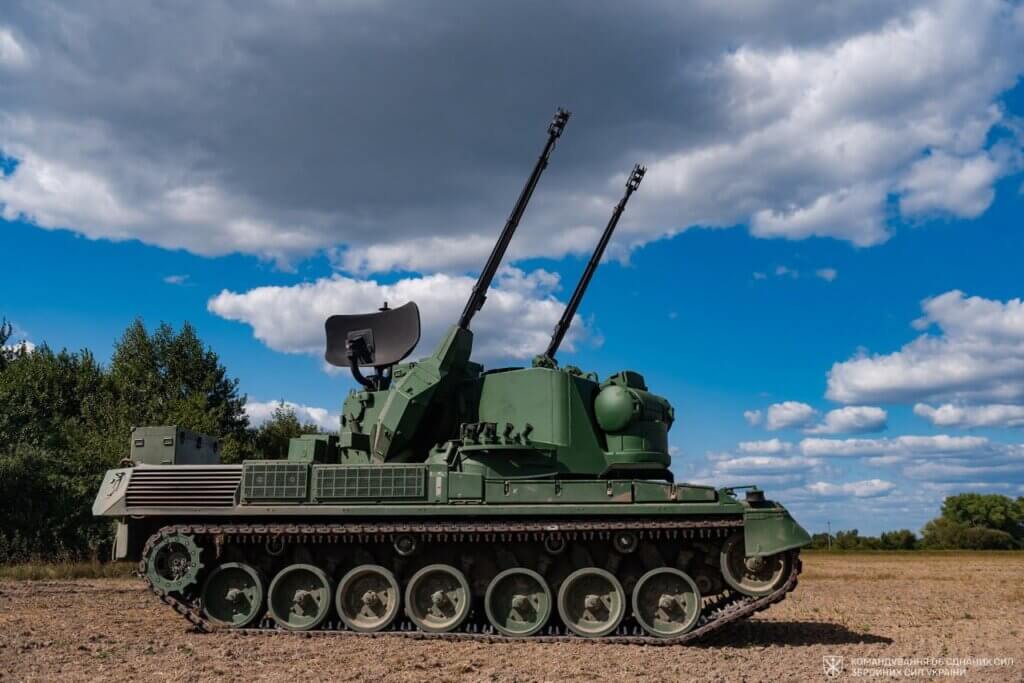
Cheetah SPAAGs were also bought back in Jordan in cooperation with the US. A delivery was already planned for 2023 and will hopefully begin this year.
Germany was also able to negotiate a deal with Egypt in 2022, with the result that Egypt gave up two IRIS-T SLM systems and these were delivered directly to Ukraine instead of the planned delivery to Egypt. This is also the reason why the first two systems in Ukraine have a special sand camouflage, while the third system was then delivered in green.
So Germany already has plenty of experience with these countries in the context of military aid to Ukraine and I see little reason why this should not work again now when it comes to supplying one or two Patriot batteries.
An early conclusion
In conclusion, I expect a maximum of six new Patriot batteries for Ukraine, and that really is a best-case scenario. One from Germany, two from the USA, one from Sweden and one each from Qatar and Jordan, which would then have to be paid for by Germany or a coalition of several countries.
Realistically, there will definitely be fewer. However, it is already clear that the German initiative will bring very positive results for Ukraine.
In the end, we are talking about at least one new Patriot battery, a lot of urgently needed ammunition for various air defence systems and probably also spare parts and air surveillance radars.
I look forward to the results of the next week, but everyone involved should not forget that this initiative was called “Immediate Action on Air Defence” for a reason, and it should therefore be acted upon.
If you liked this post, consider following me on X, Bluesky, or Telegram. If you like, you can also leave me a tip on Ko-fi.


